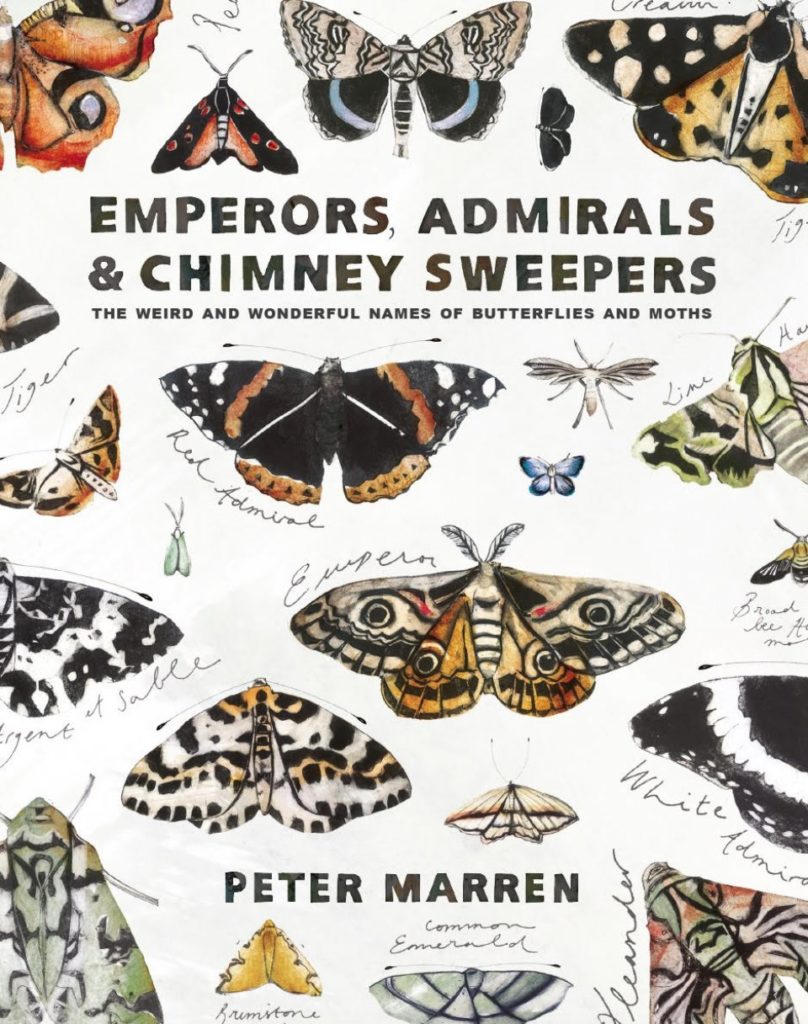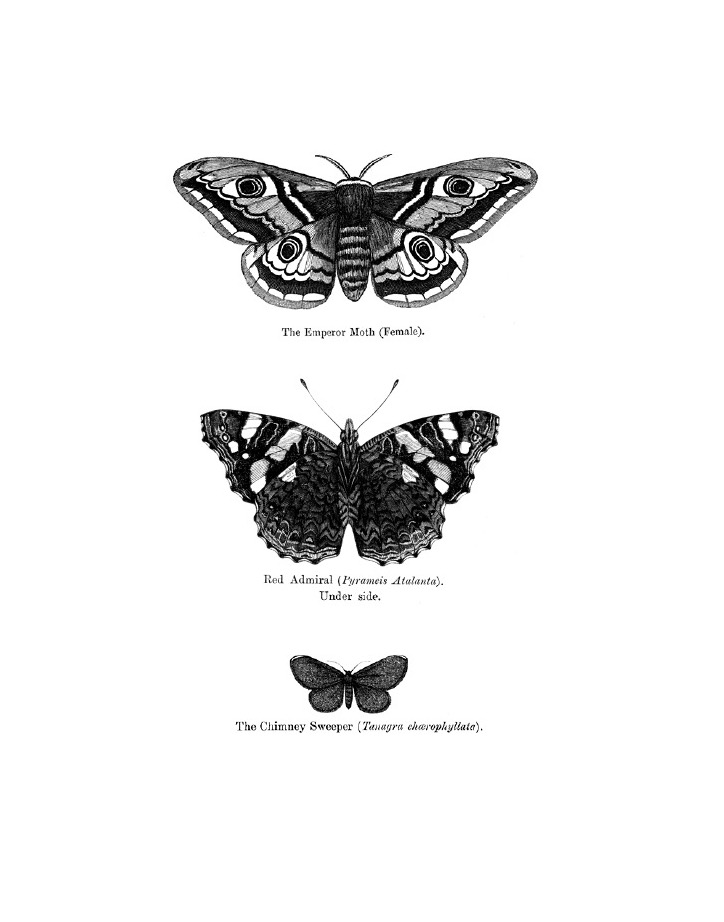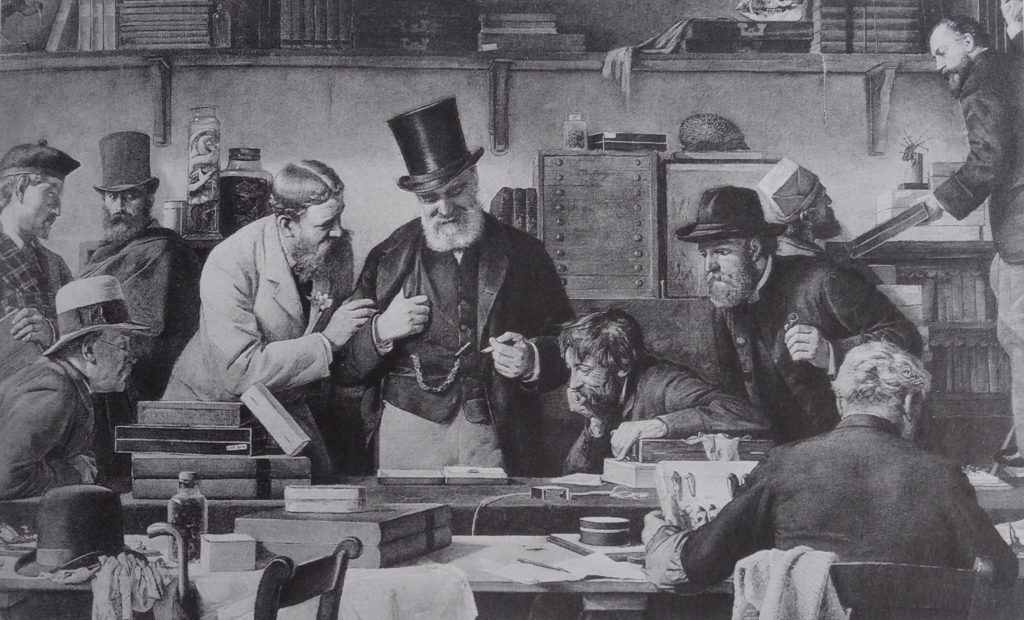Peter Marren’s Emperors, Admirals and Chimney Sweepers: The weird and wonderful names of butterflies and moths, published by Little Toller, journeys back to a time before the arts and science were divided – when entomologists were also poets and painters. Sue Brooks reviews.

Peter Marren, ecologist, conservation officer, woodland scientist has published a vast range of books about history and the natural world in his long career but, like Nabokov, butterflies were his first love. Counting The Aurelian Legacy: British Butterflies and their collectors (Salmon, 2000), to which he contributed, and Rainbow Dust: Three centuries of delight in British Butterflies (2015), this book will be his third on the subject. Is there anything more to say?
The answer is a resounding YES. For slow learners like me, it has reignited the fascination I first encountered many years ago in The Aurelian Legacy with the early naturalists – Eleazar Albin, James Petiver, Moses Harris and Benjamin Wilkes. Especially Moses Harris, who in 1759 found an unknown caterpillar in a sallow bush, took it home and watched it emerge – “ to my unspeakable Pleasure” – into an adult male Purple Emperor. It has reminded me of my discovery of a photograph of Emma Hutchinson, the vicar’s wife and breeder of the Comma butterfly, whose notebooks are held in the library of Woolhope Naturalists Field Club, founded in 1851. A few days later I was a member of the Club, sitting at a table in their library with the box file of Emma Hutchinson’s Entomological Notes.Three bundles of notebooks in her spidery handwriting of observations and transactions of flora and fauna in the vicarage garden. All the names were in a kind of shorthand Latin – very perplexing. I couldn’t tell what I was reading about, and had to go home and work out the code. The Comma butterfly’s scientific name is Polygonia c-album – or in Mrs Hutchinson’s mind, P c-album or just c-album. In other words – adorned with many eyes and a white letter “c”.

It has been the only Latin name I could reliably remember until I read Emperors, Admirals & Chimney Sweepers. As I look up from writing this review, a Large White dances past the window. Pieris brassica I say out loud and feel pleased with myself. Not so much for the brassica, but because Pieris was one of the Muses who lived on Mt Pierus in northern Greece, close to Mt Olympus. Thanks to Peter Marren, this much maligned butterfly, especially the egg laying female which I happen to find extremely beautiful, has turned into a goddess. I also know Vanessa Atalanta (the Red Admiral), named by Linnaeus after a much-adored pupil of Jonathan Swift – Vanessa – and a mythological maiden warrior – Atalanta; and currently and long may it last, some of the blue family, notably, Common Blue Polyommatus icarus, and Chalkhill Blue Polyommatus coridon.
Peter Marren is a great storyteller. He knows that stories can engage the curiosity of the general reader and open doors to other worlds. He lays the trail in the first section, Book One: Butterflies and Moths acquire their names. Accompanied by beautiful illustrations on almost every page, he takes us through the first watercolour paintings of butterflies and moths to the Aurelians and Linnaeus and finally the great collectors of the Victorian age. He includes one of my favourite paintings: After an Entomological Sale by Edward Armitage in 1878. It is shocking to see the male obsession so graphically displayed (and as described in John Fowles’s book The Collector) but it also has the drama and intensity of a Shakespearian tragedy.

Book Two: An A to Z of weird and wonderful names. This compilation is a lovely Peter Marren device and a delight from start to finish. It is informative and entertaining and at the same time, a work of scholarship. Peter Marren is characteristically modest when he describes lepidopterist extraordinaire, Lt. Colonel A. Maitland Emmet ( 1908-2001) as “ my lodestone and guide when it comes to the meaning of scientific names, although I am proud to say I have been able to add to, or modify his explanations here and there.” Specifically in the matter of the English names of moths: the kittens, wainscots, carpets, footmen, lappets, pugs and snouts, to name but a few of the 2,500 known in the UK. The obvious Dukes, Plumes, Hawks, Ermines are there, but other headings are intriguingly abstract – Moods for example, and Weather Forecasting, Uncertainty, Poverty, Surprising Compliments, and the all important “G” for Gone where he lists the names of some of our more recently departed moths: Brighton Wainscot, Orange Upperwing, Stout Dart, Essex Emerald…
The book is dedicated to Michael McCarthy, the author of The Moth Snowstorm (2015) and its heartbreakingly moving chapter ‘The Great Thinning’. Peter Marren’s book makes a different contribution to our appreciation of the terrible decline in the entomology world. Field Guides, especially Field Guides to the Moths of the British Isles with their pages and pages of almost identical pictures of very small insects in tightly packed rows, can be impenetrable to beginners like myself. Tell me a story, though, and I’m intrigued and want to know more. It has been a lot of fun doing exactly that – cross checking from the A to Z to the Field Guide. There are now many moths I would love to see, especially the Clifden Nonpareil (Michael McCarthy once travelled all the way from Dorset to London to see one caught the previous night and found it “hard to write without hyperbole”) and the Argent and Sable, named from the arcane world of heraldry.
Emperors, Admirals & Chimney Sweepers is another superb book from Little Toller, the independent publisher in Dorset. It is beautifully produced and artfully laid out with colour and black and white illustrations. It brings something new to the field of lepidoptera and takes the reader in a fascinatingly different direction. I for one will see Red Admirals and Large Whites and, if I’m lucky, a Clifden Nonpareil, with fresh eyes in the future.
*
Emperors, Admirals and Chimney Sweepers: The weird and wonderful names of butterflies and moths is out now and available to purchase here, priced £30.00.
Peter Marren gives an illustrated talk on the book at Bridport Literary Festival on 5 November. More information here.